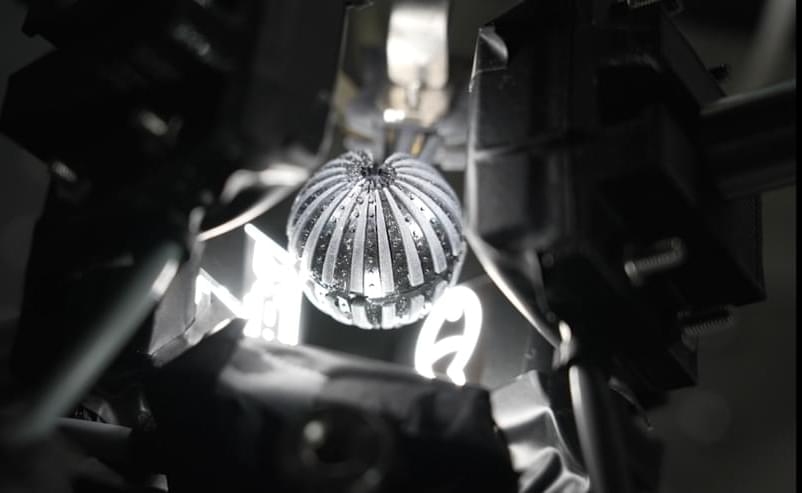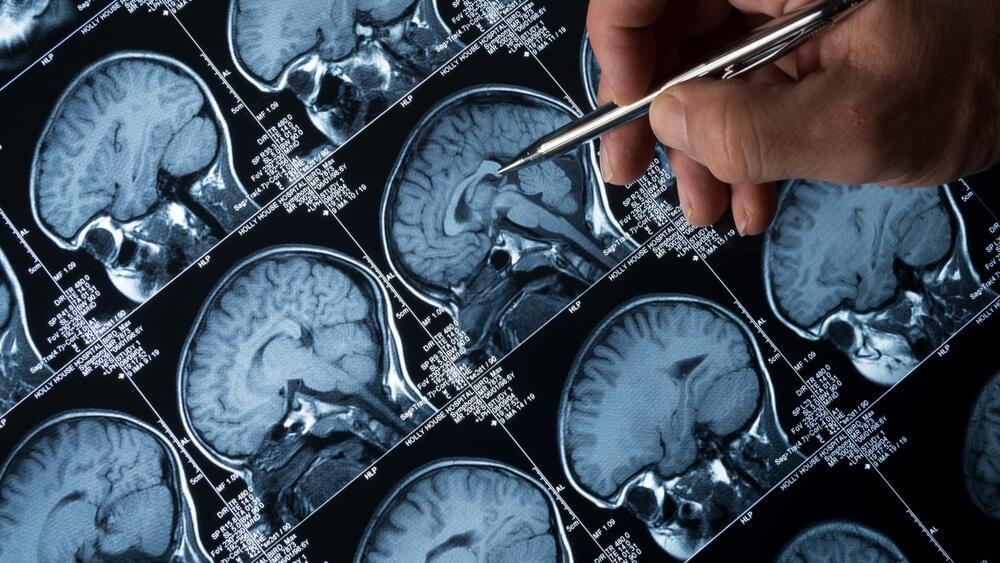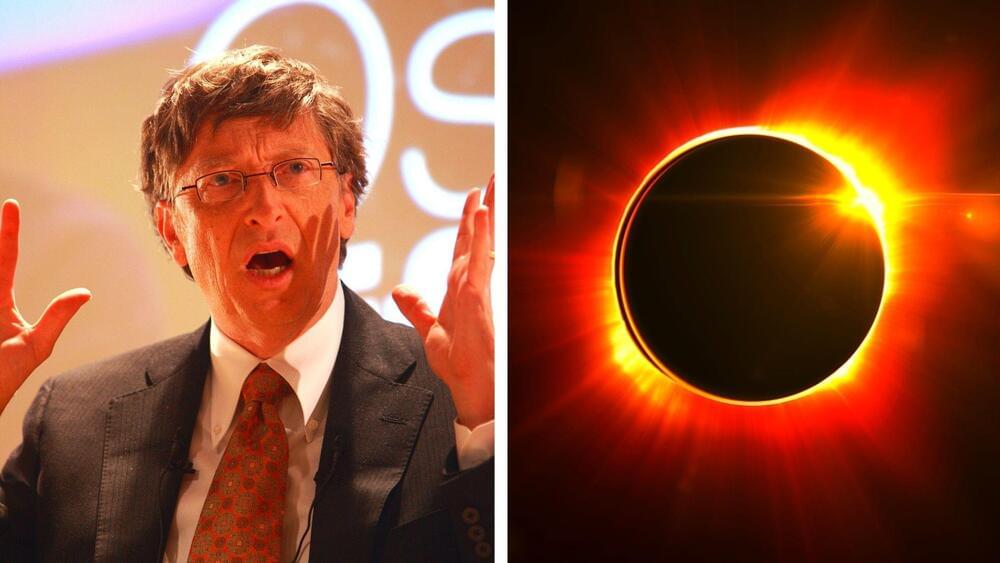
Get the latest international news and world events from around the world.



How Taiwan’s tiny chips are quietly shaping US geopolitics
Taiwan’s dominance of the semiconductor manufacturing market has made it a vital geopolitical interest for the US.
Taiwan dominates the world’s supply of computer chips — no wonder the US is worried.
One aspect of Nancy Pelosi’s trip to Taiwan that has been largely overlooked is her meeting with Mark Lui, chairman of the Taiwan Semiconductor Manufacturing Corporation (TSMC). Pelosi’s trip coincided with US efforts to convince TSMC — the world’s largest chip manufacturer, on which the US is heavily dependent — to establish a manufacturing base in the US and to stop making advanced chips for Chinese companies.
US support for Taiwan has historically been based on Washington’s opposition to communist rule in Beijing, and Taiwan’s resistance to absorption by China. But in recent years, Taiwan’s autonomy has become a vital geopolitical interest for the US because of the island’s dominance of the semiconductor manufacturing market.
Semiconductors — also known as computer chips or just chips — are integral to all the networked devices that have become embedded into our lives. They also have advanced military applications.
Full Story:


Bioelectronics will be commonly used by 2025
Bioelectronics are a relatively new scientific field that could one day result in a new class of medicines that would not be pills or injections but miniaturised, implantable devices.
GSK believes that these devices could be programmed to read and correct the electrical signals that pass along the nerves of the body, including irregular or altered impulses that can occur in association with a broad range of diseases. The hope is that through these devices, disorders as diverse as inflammatory bowel disease, arthritis, asthma, hypertension and diabetes could be treated.
How electricity could replace your medications
Neurosurgeon and immunologist Kevin Tracey shares the frontiers of a new, hybrid field — bioelectronic medicine.
What Life Will be Like with Bioelectronic Medicine
In a first-of-its-kind gathering at the New York Academy of Sciences, researchers from some of the world’s leading universities and institutions convened to discuss at the 13th annual Key Symposium the various applications of bioelectronic medicine, the cutting-edge field that uses technology to treat disease and injury. While still in early stages of development, bioelectronic medicine has already been proven in studies and clinical trials to successfully treat conditions including paralysis and rheumatoid arthritis.
This panel, moderated by Miles O’Brien from PBS’ NewsHour, discusses what life will be like when we can fully modulate the nervous system and the impact that would have on disease, drugs, the healthcare industry, personal freedom, and privacy. The panel includes Polina Anikeeva, PhD, from the Massachusetts Institute of Technology, Chad Bouton from The Feinstein Institute for Medical Research at Northwell Health, Peder S. Olofsson, MD, PhD, from the Karolinska Institutet, and Doug Weber, PhD, from the U.S. Defense Advanced Research Projects Administration.
To learn more about this year’s event, visit feinsteininstitute.org/key-symposium

Bill Gates’ Strange Plan to Dim the Sun
Bill Gates is funding more research into dimming the sun! Check out how solar geoengineering works.
Bill Gates is a man who recently suggested the world should eat 100% synthetic beef, has argued that bitcoin is bad for the planet, co-founded Microsoft, and remains one of the richest people in the world.
He is also very interested in dimming the light from the sun to reduce or delay the effects of climate change, according to a forthcoming study from the Bill Gates-backed Harvard University Solar Geoengineering Research Program — which aims to evaluate the efficacy of blocking sunlight from reaching our planet’s surface.